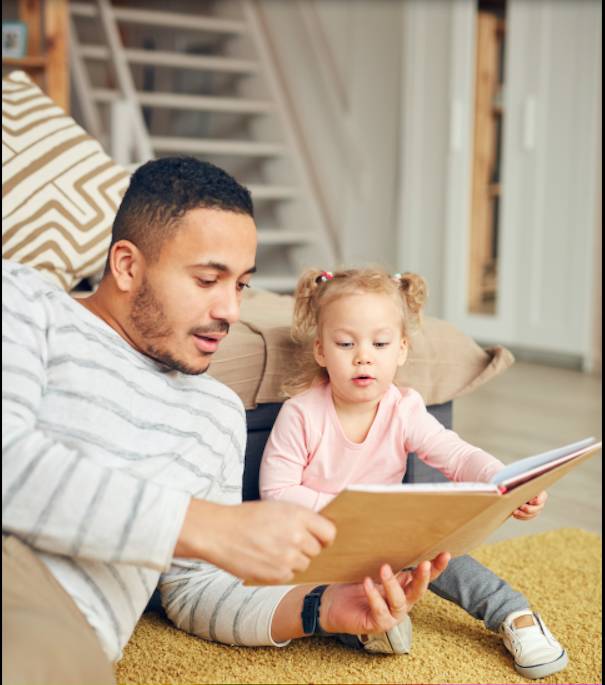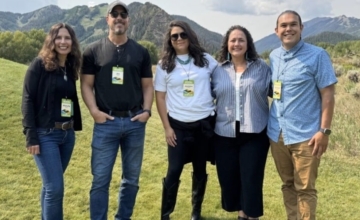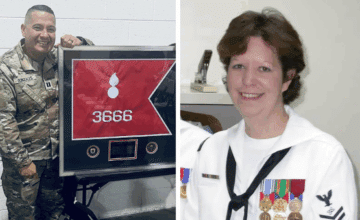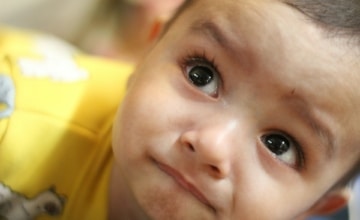Rebecca Parlakian, ZERO TO THREE, Washington, DC
Editor’s Note: This article is part of a ZERO TO THREE website series on Parenting for Social Justice. The following suggestions offer some starting points for parents who want their children to develop a just and inclusive worldview. For additional resources, visit zerotothree.org/parentingforsocialjustice.
Look at your baby or toddler. They are still learning to eat from a spoon, roll over, stack blocks, walk a few steps, or say their first words. It’s hard to imagine that even in these early years, young children are being shaped by the biases that surround them in the world. This is why parenting for social justice begins at birth. Get started with the following tips.
Choose Diverse and Inclusive Books, Toys, and Media
Diverse media teach children that all people have a place in the world. Look for stories and media that show children having fun together, regardless of their differences (see the Learn More box for links to these resources).
- Diverse Book Finder calls these “any child” books: stories where the main character’s race, ethnicity, gender, or abilities are not central to the plot.
- Reach Out and Read is another great source of ideas.
- Common Sense Media offers suggestions for diverse children’s television programming for children 2 years and older.
What You Can Do
Make connections between the story and your child’s life: “Oh look, Lola is gardening with her dad on this page. You like helping your dad garden, too.”
Explore differences: “This little boy in the story eats with chopsticks. We eat with a fork. But we both eat dinner with our family.” Or, you might take your child to a restaurant where he can see others using chopsticks and try eating with them.
For Preschoolers, Select Books and Media That Directly Address Injustice
By 3 1⁄2 to 4 years old, children can ask “why?” and are ready to imagine the perspective of others. Discuss the concepts
of racism, sexism, and other aspects of bias through age-appropriate books and media. Through these stories, children learn about bias and resilience. The *New York Times* offers a short list of books to consider. Social Justice Books also has some great suggestions for pre-readers and kindergarteners.
What You Can Do
Talk together about the story—focus on feelings and what actions in the book are fair or not. Help your child understand by using questions like: “How did [character] feel? Why do you think [character] did that? Do you think that was fair? What would you do if you were [character]?”
Remember that discussions about racism are not “one and done.” Talking about bias will happen again and again as you are raising your child. Starting these conversations early builds a foundation of trust and openness. Your child learns they can come to you with big questions.
Grow your family’s circle of friends. Adults tend to have more friends among their own racial and cultural group than they do among people different than themselves. But research shows that cross-race friendships can be a powerful way to reduce bias (Parker et al., 2015).
Seek out diverse communities. Whether it’s where you live, what early childhood education program you choose, or where you worship, consider diverse settings. When people see, know, and interact with others in a diverse community, research shows that levels of racism may drop (Oliver Christ et al., 2014).
Finally, it’s important for adults to do their own learning so they can be more comfortable with hard conversations as children grow. For many adults, conversations about race and bias are not easy. And they’re not supposed to be. But learning more about racism, sexism, and other areas of bias helps prepare adults for raising children who will build a better and more just world for everyone.
Learn More
Diverse Book Finder
https://diversebookfinder.org
Reach Out and Read
https://reachoutandread.org/wp-content/uploads/2021/02/ROR-DEIbooklist-with-description-2020_02_18.pdf
Common Sense Media
www.commonsensemedia.org/lists/tv-shows-with-diversecharacters
New York Times book list
www.nytimes.com/2020/06/02/parenting/kids-books-racismprotest.html
Social Justice Books
https://socialjusticebooks.org/reviews-by-reading-level
Author Bio
Rebecca Parlakian, MEd, is ZERO TO THREE’s senior director of programs and develops resources for parents, alongside training of parents and early childhood professionals. Ms. Parlakian directs a portfolio of projects related to child development, parenting, and high-quality teaching/caregiving. In her role, Ms. Parlakian has developed a variety of parenting resources in various formats (e.g., app, videos, podcasts, web-ased resources). She has also co-authored three parenting education curricula and published articles on topics ranging from dual language development to the impact of screens on very young children.
Suggested Citation
Parlakian, R., (2021). Practical tips and tools: Parenting for social justice: What you can do starting from birth. ZERO TO THREE Journal, 42(1)80–81.
References
Oliver Christ, O., Schmid, K., Lolliot, S., Swart, H., Stolle, D., Tausch, N., Al Ramiah, A., Wagner, U., Vertovec, S., & Hewstone, M. (2014). Contextual effect of positive intergroup contact on outgroup prejudice. Proceedings of the National Academy of Sciences, 111(11), 3996–4000. DOI: 10.1073/pnas.1320901111. www.pnas.org/content/111/11/3996
Parker, K., Horowitz, J. M., Morin, R., & Lopez, M. H. (2015). Race and social connections—Friends, family and neighborhoods. www.pewresearch.org/social-trends/2015/06/11/chapter-5-race-and-social-connections-friends-family-and-neighborhoods






